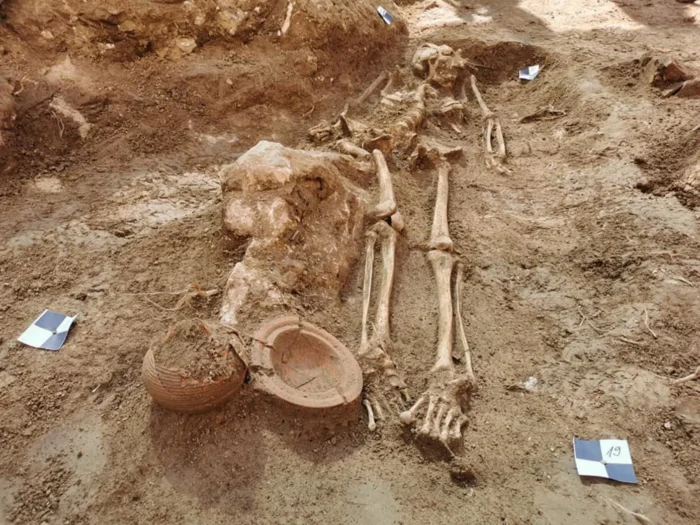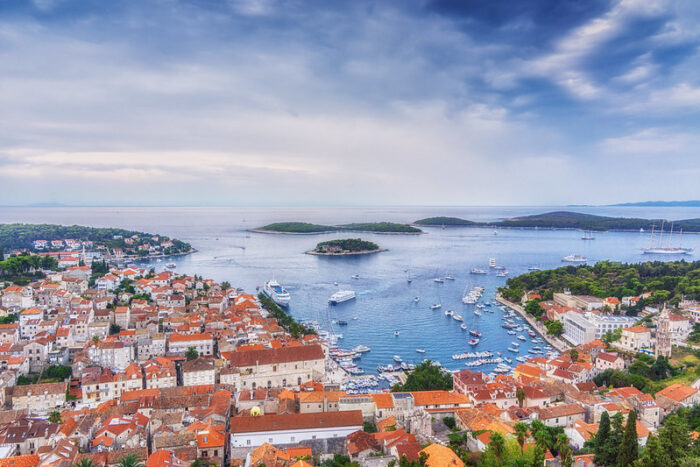Burial mounds in coastal Croatia could help rewrite the history of the Ancient Greeks’ Mediterranean conquest as they rose to regional power.
That’s after archaeologists digging at an extensive site near Zakotorac unearthed a bounty of rich effects, including a Greco-Illyrian helmet. The relic, researchers later estimated, dates to about the 6th century BC. That’s about a century before the Golden Age of Greece, when Aristotle, Plato, and the rest flourished.
The helmet, and the site at large, could reveal secrets about the hierarchy of Ancient Greek society in an era when bloody power struggles wracked Athens. When digging began four years ago, workers shortly found another helmet of a different design.
“These helmets have always been a symbol of some kind of status and power,” Hrvoje Potrebica, a University of Zagreb Archeology scholar and contributor to the dig, told Croatia’s HRT.
Twenty-seven Greek burial mounds dot the Zakotorac landscape. From them, researchers have recovered numerous artifacts and partial human remains. Efforts have produced various pins, buckles, and pieces of necklaces made of amber or glass beads, plus fibulas. And this year for the first time, they found a diadem — a ceremonial headband designed for women.
As of now, the helmet’s date is preliminary. If confirmed, it will prove that the Greeks maintained an imperial foothold in Croatia for several hundred years. Invading Romans forced them out around 200 BC.
Other necropolises on nearby Hvar, an island famous for its beauty, date to around 400-500 AD — when Greeks were living there as Roman subjects.

Remains in Hvar from 400-500 AD, when Greeks were living on the island under Roman rule. Photo: Kantharos Hvar/Facebook
Along with its status as an attractive tourist archipelago, the region could now become an archaeological destination. Colleagues from Italy, hungry for more discoveries, will soon join the dig team in Zakotorac.

The Adriatic Sea from Hvar Island. Photo: Arnie Papp/Flickr
The team stopped short of explaining how its findings might impact our understanding of Greek society. Athenian society was complex, and took shape as four main classes: slaves, metics (non-citizen freepersons), women, and citizens.
Each of these broad classes broke down into several sub-classes, such as common citizens versus aristocratic citizens.






